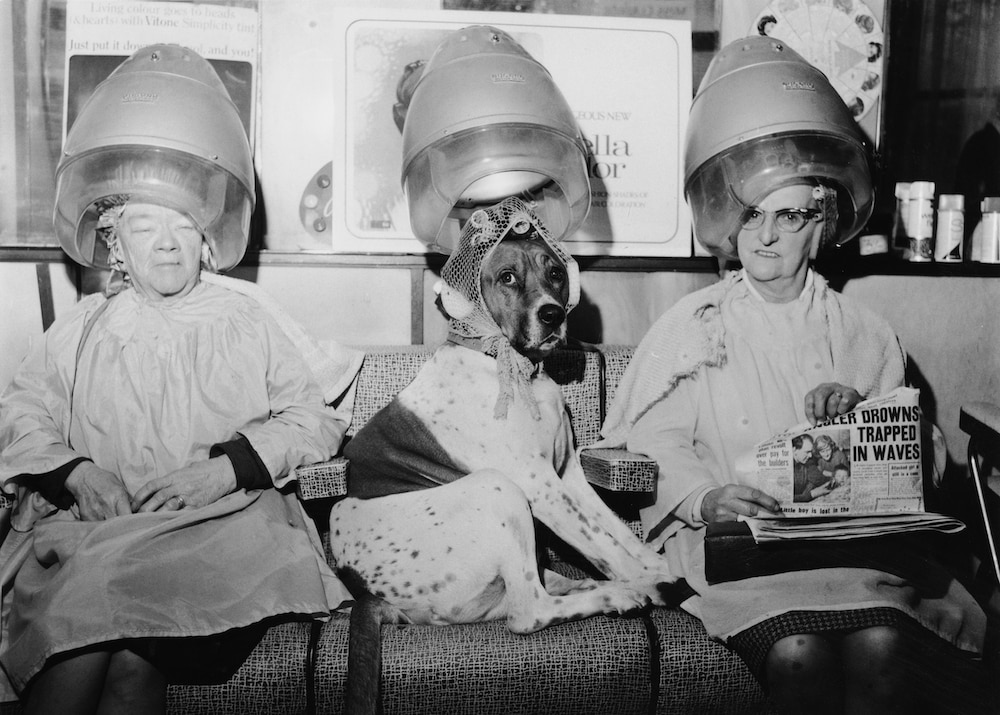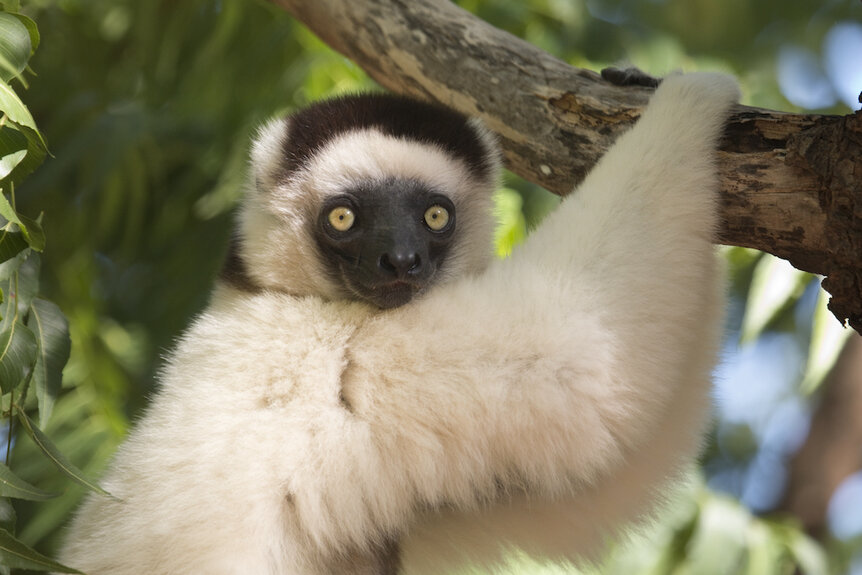Create a free profile to get unlimited access to exclusive videos, sweepstakes, and more!
The secret to great hair? Evolution
Salons have nothing on Darwin.

Where did you get that hair? It’s not all in what brand of shampoo you use. You inherited your hair from someone, and for that to happen, it had to have evolved somehow.
Early human hair evolution has been something of a mystery since hair doesn’t fossilize. There are no specimens to tell us what the hair of our earliest hominid ancestor was like and how it evolved with later homo species, but what we can do is look at our primate relatives. Lemurs don’t exactly look like us, however, they are a living example of how hair has evolved depending on different factors that probably applied to ancient humans.
Then why do lemurs in certain regions have have specific types of hair, while you tend to find much more hair diversity within a human population in one region? Why do some human hair types show up in the kinds of places where lemurs would have developed different hair colors or textures? Researcher Jason Kamilar, who coauthored a study recently published in American Journal of Biological Anthropology, has an idea.
"There are certainly going to be some differences comparing humans to lemurs or other nonhuman primates," he told SYFY WIRE. "Humans are much better at dispersing than other primates, and dispersal tends to produce a homogenizing effect in terms of biological diversity."
Hair does more than just make a fashion statement. It gives primates protection, including through camouflage; acts as instant thermoregulation, like built in heating and air conditioning; and sends visual signals. The texture of your hair might have evolved depending on the weather where your ancestors lived. What color hair you have might even be connected to your color vision. This is one area in which redheads have it better, because lemurs with patches of red hair were found to have superior color vision compared to others. Dye jobs can’t do that.
Madagascar is so full of diverse creatures (like the Sifaka lemur above) that you don’t have to go far to see some incredible variation. Some might have not even been discovered yet. Researchers from George Washington University observed lemurs in the Indriidae family, among which there is a surprising amount of diversity. The 11 species in this family live everywhere from hot and dry regions of the island to cooler forests. The hair colors and textures on some species is so drastically different that you wouldn’t think they are that closely related, but they are.
Lemurs with dark hair were more likely to be hanging out where it was colder. This is the first proof of Bogert’s rule, which has been proven in other animals from birds to butterflies, in mammals. It predicts that animals in colder regions to have evolved darker coloration because darker colors absorb more sunlight. Hair that absorbs energy from the sun acts as a heater, an adaptation that comes in handy when a lemur’s own fur coat isn’t enough. Bogert’s rule was thought to apply to cold-blooded animals, but apparently, warm-blooded animals qualify.
But wait. Then why are there also darker creatures where it is hot and humid? Gloger’s rule, which was thought to apply exclusively to warm-blooded animals but includes many exceptions, states that warmer, wetter places have caused higher melanin pigmentation to evolve. This latest study did not touch on Gloger’s rule, or lemurs in hot, humid places, but it is something to think about. What was found to occur in lemurs that lived in hot and dry environments was thicker hair. This also makes sense for sun protection, since thicker hair covers more skin.
"We found higher follicle density on the head compared to other regions. and perhaps that is related to UV exposure," said Kamilar.
So what’s with the red hair and enhanced color vision? If you think red hair is what might give you the ability to see more colors, it’s actually the other way around. Humans and some other primates all have trichromatic vision. This allows us to tell the difference between red, blue, and green, but another study found that red color vision was apparently a way that primate eyes adapted for foraging, and once that evolved, so did red hair. The redheads were then able to see and select red-haired mates, and you can probably figure out what happened after that.
"It's not that there are genes which simultaneously code for red hair plus color vision," Kamilar said. "If red hair is conveying a signal, then the population may have more individuals with trichromatic color vision, so they can see the signal."
Now just imagine a lemur in a salon chair, waiting to get its hair blow-dried.



























